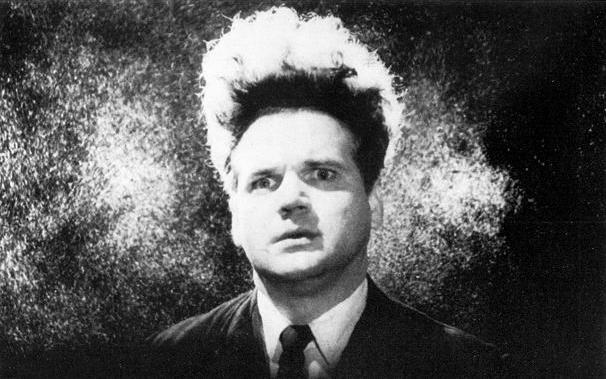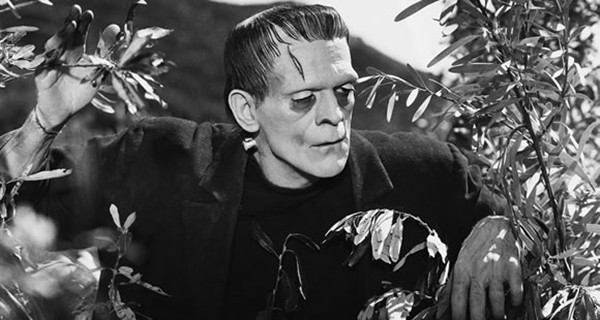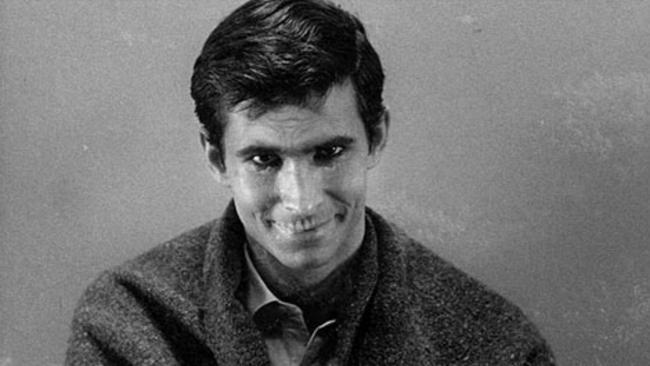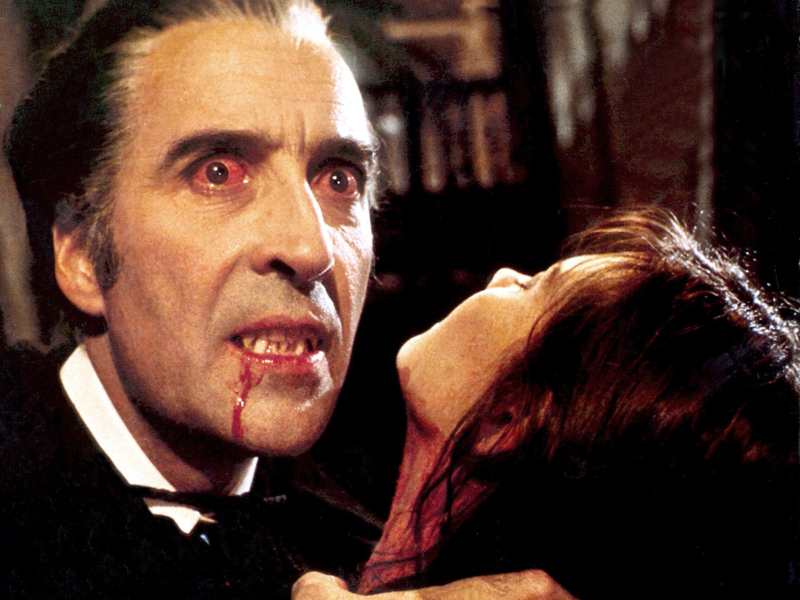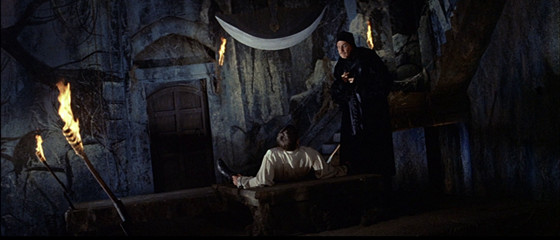14. Guillermo Del Toro
From Kaijus to a red Ron Perlman, there is nothing that Guillermo Del Toro can’t do. He has managed to mix horror and fantasy due to his deep fascination with monsters and the supernatural. Pan’s Labyrinth achieves this with its mystical and creepy creatures that only Del Toro could come up with.
And he manages to create bone-chilling and whimsical experiences whether he’s directing or producing the films. He may not have directed Mama and The Orphanage, but his influence permeates throughout, giving them that sense of fantasy horror that we love so much.
His latest film, Crimson Peak, seems to go back to his old roots in gothic horror after taking a break to do action films. Here’s hoping that he will catch a break with it because we would like to see the Silent Hills video game or his long sought after The Mountains of Madness adaption sometime soon.
Must Watch: Cronos, The Devil’s Backbone
13. Brian De Palma
Before he dealt with drug cartels in Miami, Brian De Palma was known for his shocking psychological thrillers. His most notable thriller, Carrie, has been analyzed for decades and thought of as a sick joke, social satire, and even misogynistic. However, it earned Sissy Spacek and Piper Laurie Oscar nominations, and even gave John Travolta his first major role.
Even before Carrie, De Palma wrote and directed Sisters, a thriller about a woman trying to determine if her Siamese twin committed a murder. Sound weird? It may be, but it just shows the kind of range and diversity that De Palma has.
Must Watch: Carrie, Sisters, Dressed to Kill
12. David Lynch
There’s a reason that we use the word “Lynchian” to describe a mind-blowing scene. David Lynch was famous for being utterly unpredictable. After studying film in Los Angeles, Lynch went on to direct and produce surrealist films. There are so many different motifs and symbols that it will take more than one or two watches to understand what he is trying to convey. His films create an unsettling atmosphere using mainly those motifs and sound design.
Lynch’s directorial debut, Eraserhead, is one of his most famous films and one of the strangest to boot. To say it feels like taking an LSD trip over and over again would be an understatement and yet, it still is a fantastic film. Some of the imagery includes sperm-like substance and The Lady in the Radiator, which both are massive metaphors of the difficulties and fears of fatherhood.
The sound design he uses is even more interesting because he assigns one distinct sound or piece of music to the landscape or a character and illustrates how it interacts and changes throughout. A famous example is the nonstop noise of machines in the background. That little poke at industrialism and capitalism is something that Lynch has repeated throughout the years.
Must Watch: Eraserhead, Lost Highway
11. James Whale
One of the most stylized filmmakers of the 1930’s, James Whale wanted to be known for his war dramas such as The Journey’s End and Waterloo Bridge. However, it was his horror film, Frankenstein that broke box office records and made him a star. The film was incredibly controversial, resulting in many requests to cut certain scenes and lines out including the famous lake scene. The state of Kansas even wanted to cut out 32 scenes, which would have made the film half its running time.
After Frankenstein’s success, Whale was able to choose any projects he wanted to make, but unfortunately his non-horror films were failures at the box office. Despite his attempts to leave horror, popular films like The Invisible Man and Bride of Frankenstein kept him in the genre.
Must Watch: Frankenstein, Bride of Frankenstein
10. Alfred Hitchcock
Nicknamed the Master of Suspense, Alfred Hitchcock has brought us decades of classic films. He has many signature trademarks throughout, from his charming villains to his use of macguffins, but nothing is as distinct as his camera shots. They force his audience to partake in voyeurism and experience anxiety and tension as if they are intruding on someone’s life.
A lot of his films primarily deal with psychoanalysis and possess strong sexual overtones. He even had a dream sequence designed by Salvador Dali in Spellbound. He creates these rich and tormented characters that have strained relationships with everyone around them.
They make for excellent character studies and add to the grim atmosphere that he has created. People may not remember Psycho’s whole plot, but they remember Norman Bates and his famous quote, “She just goes a little mad sometimes. We all go a little mad sometimes”.
Must Watch: Psycho
9. Terence Fisher
Terence Fisher was a pioneer of two great things: gothic horror film and Christopher Lee’s career. Fisher made 18 wonderful movies for Hammer Films, most of them being the studio’s most memorable. What’s even better is that nearly all of them featured the legends Peter Cushing and Christopher Lee. What’s better than seeing Count Dooku and Grand Moff Tarkin going at it?
Fisher’s take on the classics sparked a lot of influence for future horror films. His debut, The Curse of Frankenstein, gave the original story a new twist on its characters, such as a much more villainous Victor Frankenstein. And we cannot forget about Lee’s powerful performance in Horror of Dracula.
The final scene of the film was incredibly put together by both Lee and Fisher and shows the most suspenseful showdown between Dracula and Jonathan Harker. It shows not only Lee’s incredible range, but also Fisher’s talent to create emotional characters out of monsters.
Must Watch: Dracula: Prince of Darkness, Curse of Frankenstein
8. Roger Corman
Even though he’s mostly known for helping many directors and actors get their foot in the door, Roger Corman has his own reputation in the film industry. Known as the Pope of Pop Cinema, he has many classic B movie films under his belt (that doesn’t mean that they aren’t fun; we’re talking about the guy who produced 1994’s Fantastic Four here).
Now, this guy is sort of a genius. To make more money and experience, Corman came up with the idea to make a ton of low budget films. With as little as 50,000 dollars, he managed to make fun drive-in films such as The Undead, The Day the World Ended, and Swamp Women.
His most acclaimed work, however, comes from his Edgar Allen Poe adaptations. From 1959 to 1964, he made around eight films, each portraying a different Poe story. His 1960’s film, House of Usher, is his most known and one of his best. The direction and script make it one of the more faithful adaptations by instilling the dread that Poe made so famous. Corman’s campy classics may end up in the dollar bin, but they helped pave the way for his successful career and eventual Lifetime Achievement Award.
Must Watch: The Pit and The Pendulum, Bucket of Blood


